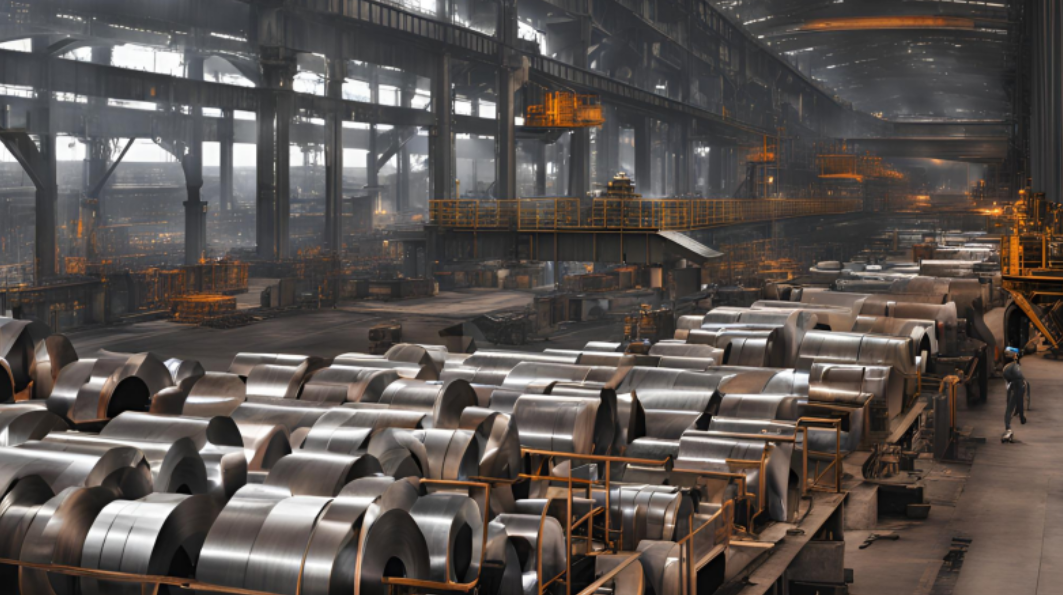Most Popular
The steel industry is the backbone of modern civilization, but its success hinges on the efficient operation of complex machinery. Downtime due to unexpected equipment failures can be catastrophic, leading to production delays, lost revenue, and safety hazards. Asset Performance Management (APM) emerges as a game-changer, empowering steel producers to optimize asset performance, minimize downtime, and achieve operational excellence.
What is Asset Performance Management (APM)?
APM is a holistic approach to managing industrial assets, focusing on their reliability, availability, and maintainability (RAM). In simpler terms, it's about understanding how your equipment performs, predicting potential issues, and taking proactive steps to keep everything running smoothly.
Why is APM Critical for the Steel Industry?
Steel mills rely on a network of interconnected equipment, operating 24/7 under harsh conditions. Unforeseen equipment failures can have significant consequences:
- Costly Downtime: Production halts translate to lost revenue, missed deadlines, and potential penalties from customers.
- Safety Concerns: Equipment malfunctions can lead to safety hazards for workers.
- Quality Issues: Inconsistent operation of equipment can lead to variations in steel quality, impacting customer satisfaction and marketability.
- Increased Energy Consumption: Inefficient equipment operation can lead to higher energy use, impacting production costs and environmental sustainability.
How Does APM Benefit Steel Production?
APM empowers steel producers to overcome these challenges by:
- Predictive Maintenance: By analyzing sensor data, vibration patterns, and historical trends, APM can predict equipment failures before they occur. This allows for proactive maintenance, minimizing downtime and associated costs.
- Optimized Operations: APM helps identify bottlenecks and inefficiencies in the production process. With this data, steel mills can optimize workflows, resource allocation, and energy usage, maximizing overall production output.
- Improved Quality Control: By ensuring equipment operates within optimal parameters, APM helps maintain consistent steel quality, reducing waste and enhancing customer satisfaction.
- Reduced Maintenance Costs: By focusing on proactive maintenance and preventing major breakdowns, APM minimizes the need for emergency repairs and expensive part replacements.
- Enhanced Safety: By proactively identifying and addressing potential equipment issues, APM promotes a culture of safety and helps prevent accidents.
Implementing a Successful APM Strategy in Steel Production
Building a robust APM program requires a multi-pronged approach:
- Data Collection and Integration: The foundation of APM lies in collecting real-time data from sensors, machine logs, and historical records. Integrating this data into a centralized platform allows for comprehensive analysis.
- Advanced Analytics: Leveraging machine learning and data analytics tools empowers steel mills to extract valuable insights from collected data. These insights can be used to predict equipment failures, optimize maintenance schedules, and identify areas for improvement.
- Workforce Training: A successful APM program requires a skilled workforce. Investing in training programs equips employees with the knowledge and skills necessary to utilize APM tools, interpret data, and implement proactive maintenance strategies.
- Continuous Improvement: APM is an ongoing process. Regularly analyzing data and performance metrics allows steel mills to continuously refine their APM strategies and optimize their operations over time.
The Future of Steel Production is Data-Driven
The steel industry is on the cusp of a data-driven transformation. By embracing APM, steel producers can gain a significant competitive edge by:
- Increased Profitability: Reduced downtime, optimized operations, and minimized waste lead to a healthier bottom line.
- Enhanced Efficiency: Streamlined workflows, proactive maintenance, and optimized energy usage ensure steel mills produce more steel with fewer resources.
- Improved Sustainability: Reduced energy consumption and waste generation through optimized processes contribute to a more environmentally friendly steel production operation.
- Superior Quality Control: Consistent production of high-quality steel strengthens customer relationships and brand reputation.
- Data-Driven Decision-Making: APM empowers steel producers to make informed decisions about investments, maintenance strategies, and process improvements, leading to a more agile and responsive operation.
